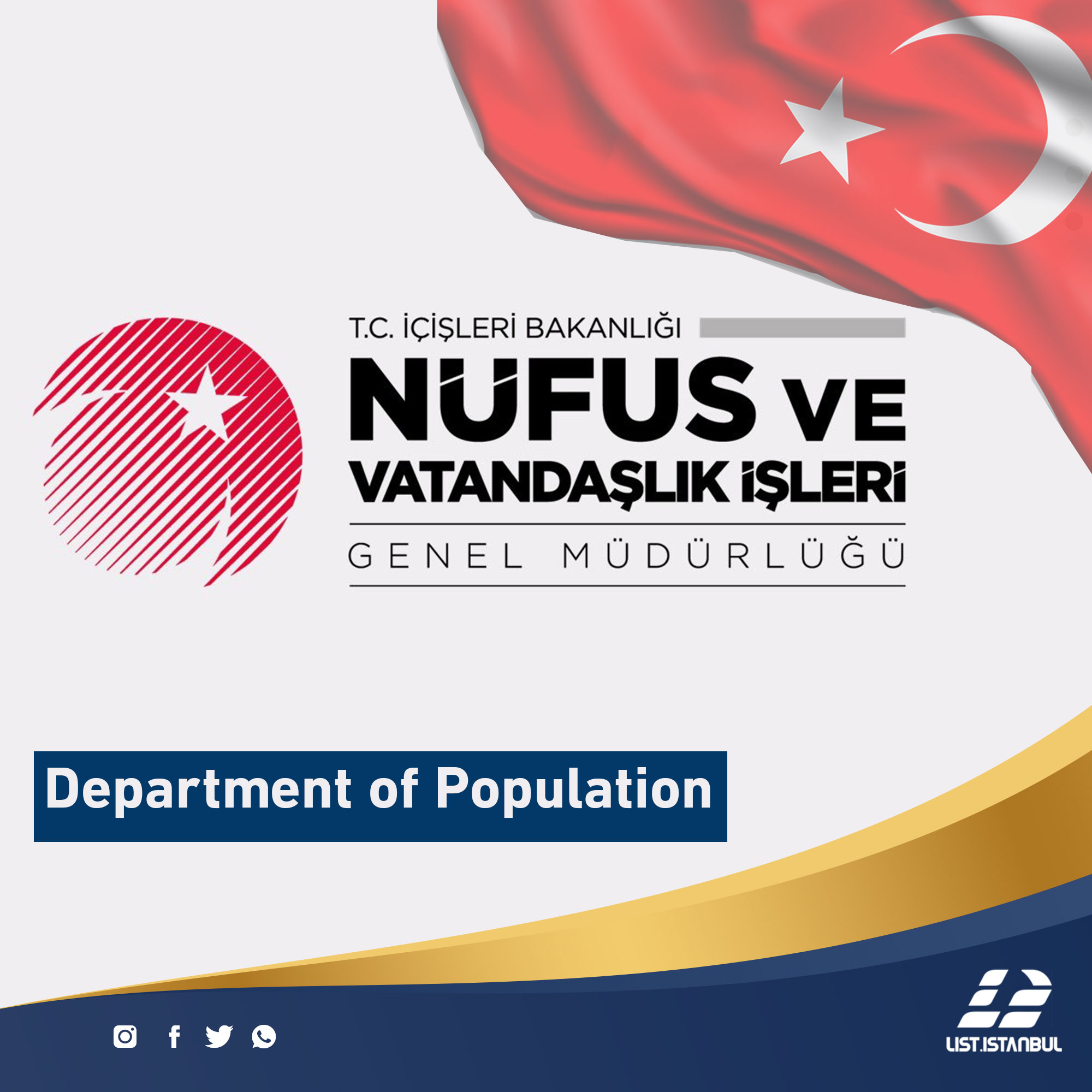The increased efficiency of the forms and methods of distance learning was the result of the great development in information technology and modern means of communication, which led to the spread of educational applications and the emergence of new forms and methods more effective, multi-channel learning approach. It is possible, in principle, to differentiate distance learning as an alternative to standard learning, as enrollment in the distance learning curriculum requires completion of a learning phase or qualification, and distance learning as a complement to ordinary learning in a multi-channel learning context in which forms or methods From distance learning in a plexus around education in formal educational institutions. Distance learning and the multiplicity of its educational channels are fundamental and important elements of an integrated learning system in developed societies. It is well known that in many developing countries the learning bases are facing or suffer from multiple shortcomings and problems that show that distance learning, especially in the context of multi-channel learning, Contribute to face them. The problem is the absence of normal education, either because of gender or spatial dimension, or destitution or poverty, and no less important is the low quality of learning, the weak relationship between learning and the needs of development and development. However, the problems of the basis or format of education, And its general context characteristics in developing countries, can produce several patterns or methods of distance learning that may be distorted, inefficient or quality, if not planned and experienced, as well as adequate supplies and capabilities. In addition, the adoption of multiple channels of education may increase or decrease the problems of organizing or managing the educational infrastructure and management efficiently. Therefore, the successful investment of information technology and modern means of communication in distance learning.
The concept of distance learning
This system generally refers to the transfer of learning to the learner at his or her place of residence or work rather than the learner's transition to the educational institution itself. On this basis, the learner can combine learning and action if desired, adapting the curriculum and the progress of the course in a consistent manner And its own circumstances. Distance learning is defined as a learning system based on the idea of delivering learning material to the learner through various technical communication modes or techniques. The learner is far away from the teacher or the learning process, and this type of learning takes place when the natural distance between the learner Teacher or educational process during the learning process. Distance learning is also defined as a system to provide learning to people or individuals, whether it is the completion of a regular classroom learning system or an independent system using multiple and diverse methods. Elsewhere, distance learning is defined as all forms of study that classroom teachers do not care about, that are supported and promoted by administrators and teachers away from learners. Another definition of distance learning is that distance learning is the kind of learning that relies on the employment of educational techniques, whether in the development of self-study educational system or the preparation of learning materials based on self-learning, the use of modern methods or techniques, or Evaluation of educational curricula or assessment of learners. In principle, distance learning does not require the simultaneous presence of the learner with the teacher or the learning process at the same site, and thus both the teacher or the learner and the learner lose experience of dealing directly with the other party. It is therefore necessary to have a medium between them. Such mediation has technical, human and organizational aspects, and the learner is able to choose the learning time to suit his / her own circumstances, without meeting regular and predefined schedules to meet the teacher, except for assessment requirements.
Distance learning, which is a public learning process, is based on a philosophy that affirms the right of individuals to access the available learning opportunities, ie, to provide learning and training opportunities to those who want to, at the time and place they want, without the usual methods or methods used in the normal learning process.
The development of distance learning
The first manifestation of distance learning was through correspondence learning, that is, the medium or means was the postal service that helped to transfer the printed material, or written, between the learning process (teacher) and the learner. And then start radio broadcasting and then use radio in education. With the advancement of the electrical and electronic industries, the role of audio in general in this area increased through recording devices, then television, followed by video. The importance of educational broadcasting, hearing and vision, has increased with the widespread use of satellites. With the advent of personal computers and computer networks, computer applications have become interactive, but with the development of modern technology, the distance learning department is now expanding to include a wide range of computer applications and modern media, such as satellites and the Internet. Presenting applications for computers is now one of the most important and most effective means of distance learning, especially in the field of self-learning. It is also one of the most important ways or means of transferring text, images, movements or skills, and sensory experiences through multiple methods As a communication medium, it is sometimes shown by the best teachers in the classroom. The satellite can now be used to connect to the telephone and to transmit radio, voice and image to sites or remote environments without expensive ground infrastructure.
The first steps of distance learning began in 1856 in Germany by Charles Toussaint, a French who taught French in Berlin, and Gustave Langenschdet, a member of the Modern Language Society of Berlin, where he thought of establishing a distance learning school or as some call distance learning Is a language school by correspondence.
After that, the United States began to establish a correspondence education curriculum at the University of Illinois in 1874. This step has spread to distance learning throughout the world and Arab countries have played a large role in this. Al-Quds Open University has been considered as a model in this field . The first radio license was granted in the 1920s in the United States of America. Television broadcasting began in 1950. In 1971, and in Britain in particular, the first and perhaps the most important open universities were established. In the mid-1980s and in the United States of America, the use of computer networks in distance learning began when the National Science Foundation of American universities allowed the use of the Internet. Then, in the 1990s, the spread of computer media began in pre-university education, in the workplace and in the home.
The many technological developments in the twentieth century have contributed to the advancement of educational and educational aspects, the huge increase in the world's population, the difficulty of providing learning opportunities for all, and the fact that many of the world's members have missed opportunities for learning. New learning methods or methods that meet these growing needs at rapid pace, and based on the principle of learning for all, the distance learning system emerged.
The philosophy of distance learning
The educational philosophy of the distance learner is based on the following:
Provide educational opportunities for all learners who are willing and able to do so.
The flexibility of dealing between the axes of the educational process.
Curriculum themes and assessment methods are organized according to learners' abilities and circumstances.
The independence of learners and their freedom in the selection of media, systems and methods of communication.
Designing curricula in a manner that responds to the needs of real learners in their different fields of work.
Meeting the needs of some social groups with special circumstances.
Contributing to the improvement of traditional distance learning systems and methods.








